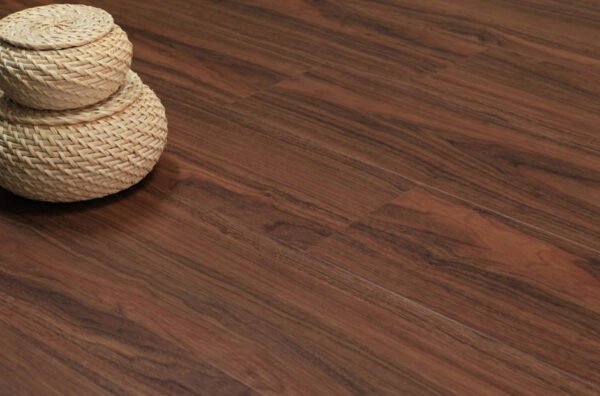Great web design nowadays isn’t only about getting the proper amount of information in a limited number of pages. It takes more than playing with images and sound to create the perfect website. Designers must consider how each component of their site affects the overall user experience.
After all, in a world where there are billions of websites to browse, it takes something truly immersive to persuade your client’s audience to stay on their pages. The more user-friendly and appealing your websites are, the more likely visitors will want to stay. Minimalism, one of the more prominent web design approaches in recent years, can occasionally help designers achieve their goals.
So, even if you are hiring affordable web design services in New York, make sure they follow the minimalistic approach. Let’s find out more about this approach and how it can benefit your website:
Table of Contents
Understanding the Concept of Functional Minimalism
Many web designers believe that minimalism is purely aesthetic in nature. The fundamental ideas of minimalism in online design, on the other hand, go far deeper. The origins of minimalist design can be traced back to Japanese culture. With its architecture, interior design, and even graphic design, Japan has long sought to strike a balance between simplicity and beauty. After years of busy and confusing web pages with difficult navigation, overwhelming content, and clashing images, customers in the Western world gained their day in the sun with minimalism in the web design environment.
Minimalist Website Design’s Functional Rules
For a time, the most popular website design style was minimalism. Companies fell in love with a combination of white space, straightforward navigation, and bold writing in 2018, and minimalist web design soared to the top of the designer demand list. While other design trends are currently gaining traction in the industry, designers can still benefit from studying some of the fundamental principles of functional minimalism. After all, it’s been demonstrated that visual complexity degrades a user’s perception of a website.
Minimalism reduces the number of elements on a page, making for a simpler and uncomplicated experience. A tidy website can also provide additional benefits, such as faster loading times and greater responsiveness across screen sizes. You can even experiment with alternative tactics, such as visuals because you’re only utilizing a few images and well-spaced text.
So, how can any designer apply functional minimalist principles?

Concentrate on Essentials
To begin, designers must ensure that they are only focussing on the aspects of the page that are truly necessary, much like they would when developing a landing page. This entails deleting anything off the website that does not serve the viewer’s specific page’s end-goals. Any images, background noise, buttons, or even navigation features that don’t serve the main goal will be removed. Consider what can divert your visitors’ attention away from the main items, and focus on giving everything a purpose.
Appreciate the benefits of negative space
One of the most important aspects of successful minimalist web design is negative space. To make a difference, not every component of a successful website needs to be filled with noise. Negative space, or white space, can help offer your audience the space they need to completely comprehend the experience they’re having. It’s the difference between putting someone in an overflowing storage container and asking them to find what they need and putting them in a room where everything is precisely spaced out, labeled, and waiting to be discovered from a practical standpoint.
Making navigation simpler
While minimalism and simplicity aren’t necessarily synonymous, they should always be considered together. When designing for functional minimalism, focus on assisting visitors in completing duties as fast and easily as possible, without being distracted. Designers may ensure that visitors are more likely to click through to the sites that their clients want their customers to visit using this simple strategy. They can still find what they need in the menu, but it doesn’t take up any space on the page or cause them to be distracted.
Final Thoughts – Minimalism Can Be Useful
A minimalist design is more than just a fashion statement. By removing extraneous pieces and decreasing content that doesn’t promote an end purpose, the correct aspects of minimalism can simplify online interfaces. When establishing the appropriate design, the goal is to ensure that you’re focusing on a combination of aesthetics and usability. A well-designed, easy-to-navigate website may be a strong tool for any company.
However, it’s important that you contact a professional web design firm, such as MAP-IT Inc. to create a minimalist website. As they are equipped with the right methodologies, tools, and experience, they can do the needful in a more professional way.





